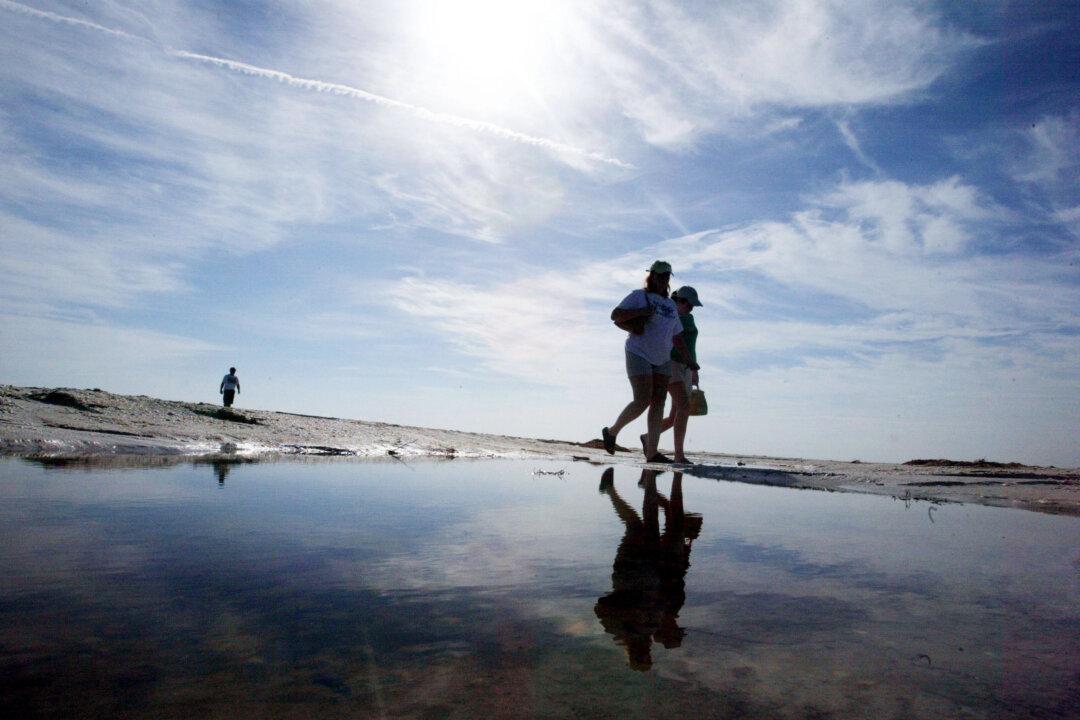A father drowned rescuing his 8-year-old daughter from a rip current as they took a walk along an island sandbar in south Florida.
The body of Thomas Zakrewski, 46, was found several hours after he disappeared beneath the waves on the afternoon of July 9, according to Lee County Sheriff’s Office.





